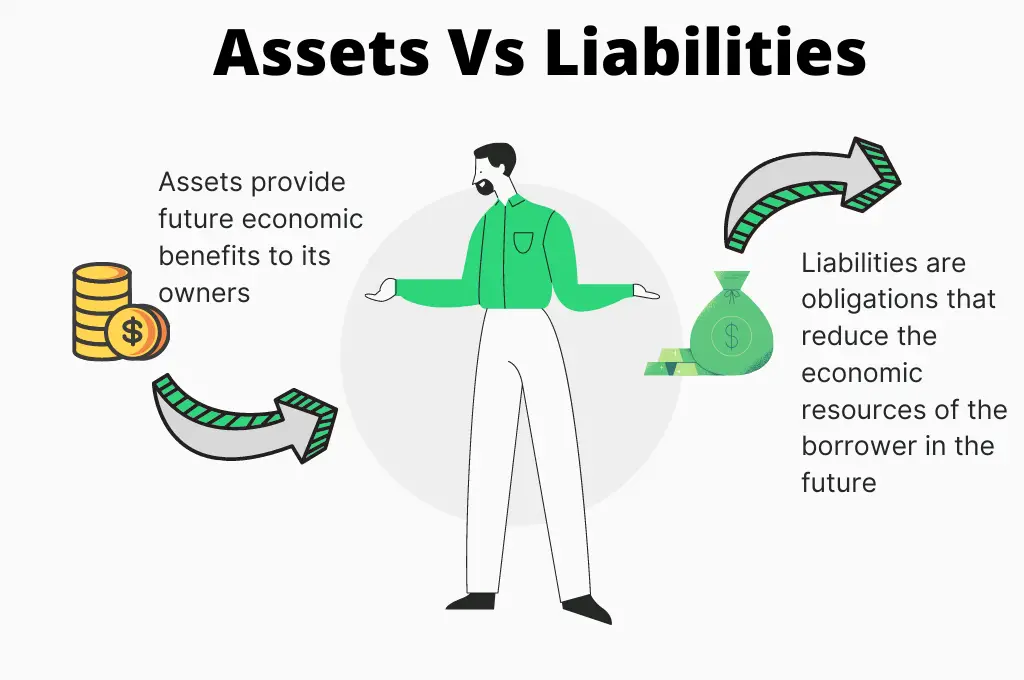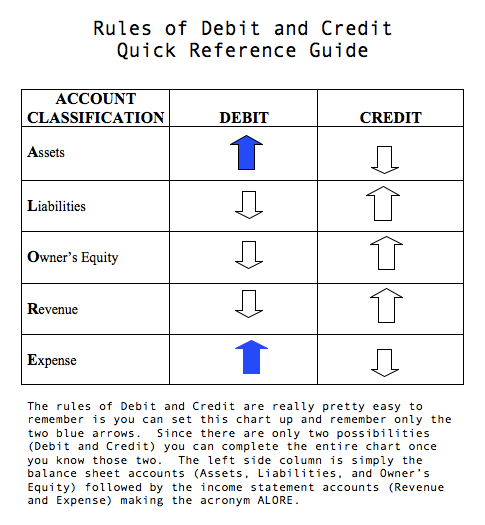

You may have heard it called something else like ‘profit and loss statement’ or ‘statement of comprehensive income’. At the end of the month or year, he has to give an account of his activities for that period.īelow is an example of what this account of activities may look like: The shop owner pays rent to the landlord, pays staff that help him in the store, buys the shoes from the distributor etc.

Also, consider that other transactions are taking place during this time. Now as you can imagine, transactions take place every day a few times a day for six or seven days a week and fifty-two weeks a year. In the above transaction the cashier, when he gives the woman her receipt, has added this event into the shops accounting system. These are all ways in which businesses record transactions. ‘records them’: Whether it is a handwritten invoice, cash register or fancy computer. But what we might not realise is that we have just been involved in a business transaction. We’ve all done something like this before. Both smile and the happy shopper walks out the door. The cashier takes the money, puts the shoes in a bag and gives her a receipt. ‘business transactions’: A woman walks into a shoe shop, picks up a pair of shoes she likes, walks to the counter and hands over some money. Two parts of this sentence need some explanation. This is essentially what accounting comes down to.Īccounting takes everyday business transactions, records them and presents them in a standard form.

Income statements, balance sheets, cash flow statements etc., all communicate some information to the people who read them. In QuickEasy's accounting tutorials, we understand that the goal of accounting is communication. What is the end we are trying to achieve with all these rules and principles? That is, accounting is the task of collecting and sorting an organisation’s financial information.Īt all times we will keep to plain and simple English. In our accounting tutorials, we are using the word ‘accounting’ in the sense that most non-accountants understand it. In the first few chapters of the accounting tutorials, we’ll be looking at financial statements and thereafter more closely at more practical aspects toward the end. We will start with a birds-eye view first, looking at details as we progress to the end of this accounting tutorial.

Doesn’t matter who you are, if you want a quick and easy guide to accounting, you’re in the right place with these accounting tutorials. You may be a business owner, general administrative staff, or anyone else who wants to understand accounting. And want to do so as quickly as possible. We’ve made these accounting tutorials for people with very little background in accounting theory but who want to learn. This section of our website is aimed at non-accountants.
Debit credit assets liabilities equity software#
Welcome to the QuickEasy software accounting tutorials.


 0 kommentar(er)
0 kommentar(er)
